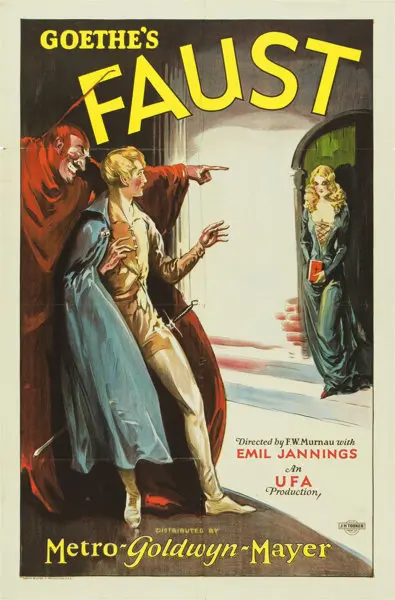Watching videos on YouTube can often feel like a waste of time. You have to sift through a lot of crap to get to the good stuff, and what is considered good to watch is, of course, subjective. But there are a few channels that I feel are objectively good, and are never a waste of time.
Sudoku
There was a bit of a craze for sudoku puzzles a couple of decades ago. Although over a century old, they only really gained popularity outside of Japan in the early 2000s. I remember being obsessed with this new kind of puzzle, and I got pretty good at solving them.

Eventually the honeymoon phase passed, and they started to feel repetitive to me. This seemed to be reflected in society as well. At one point sudoku was everywhere. Now its become more of a niche hobby for those who still read newspapers.
When the pandemic started to affect daily life in 2020, many of us were forced to work from home. I had fallen into financial difficulty around that time as well, and had been stuck at home on my own for a fair bit longer than most. It was around this time I discovered a then small channel calling itself Cracking the Cryptic.
Cracking the Cryptic
I wasn’t the only one to discover the channel around this time. Although created in 2017, the channel grew in popularity during the pandemic. The obvious reason for this growth was that many people were stuck at home with nothing to do. But I think it also tapped into the greatest weapon of modern-day media: nostalgia. Nostalgia for a puzzle that we remembered having some fun with when we were younger.
The channel was started by two British friends: Simon Anthony, who played for the UK in world Sudoku championships; and Mark Goodliffe, 12-time winner of the Times Crossword Championships and UK sudoku champion. Although initially they focused on both crosswords and sudoku, the channel shifted to more of a focus on sudoku puzzles.
The puzzles they presented weren’t just plain sudoku. Each puzzle was carefully selected and play-tested before they created their videos. They had a team to do this for them so they could still solve them blind for the actual content. The result of this was that each puzzle had some kind of variant rules that made them more interesting to play than just plain sudoku.
Each puzzle they play could also be tried out by the viewers. Sven Neumann developed SudokuPad for this, probably the definitive app for playing sudoku puzzles (as a game developer myself, I’m massively impressed by this software). This meant that the smarter viewers could also solve the puzzles themselves, and people like me could actually learn to get better at these puzzles. It creates an interactive element to the channel, a form of engagement you don’t get from other YouTube channels.
Humility and Passion
Simon and Mark’s puzzle solving ability is among the best of us. Yet, somehow, they seem very humble about their abilities. When they find a piece of logic to solve a puzzle they don’t pat themselves on the back (usually). Their natural response is to compliment how smart the creator of the puzzle must be. From their point-of-view they’re just figuring out logic someone else came up with.
Their passion is infectious, which is what makes the channel enjoyable to watch. When someone is truly passionate about something, it’s easy for them to entertain others by talking about it. Simon and Mark are no exception. Their fanbase now keeps an eye out for their “Simarkisms” during a video, phrases which they often say during their solves. The sudokupad implemented a “secret” feature where placing a 3 in the corner gives a fanfare, due to Simon’s singing of the lyric from R.E.M.’s “Losing My Religion” every time he does so in his videos.
They’ve also helped popularise other setters and sudoku theories. Phistomefel is now renowned for his extremely difficult puzzles, and for possibly discovering the “Phistomefel Ring”, a set theory that tells us the numbers in the corner of a sudoku are the same as those in a ring going around the center box. Many puzzle setters will comment on their videos, thanking them for trying out their sudokus.
Branching Out
They produce a steady pace of at least 2 videos a day so there’s always something new to see on their channel. They seem to be able to do this because they genuinely enjoy solving these puzzles. It takes less than an hour of the day for a solve usually, although there have been some epically hard puzzles that have taken them 2 or 3 hours to solve.
While the focus of the channel is still on sudoku, they have branched out. For example, Simon runs his “Wordle in a Minute” series where he attempts to solve Wordle in less than a minute every day. He’s only failed a couple of times since he started. They also play (and stream) a lot of puzzle-based video games, introducing their audience to new and interesting games they can try (something I am very on board with).
They also have a collection of their own games created by Studio Goya. These games collect various sudoku puzzles and their variants, providing a large collection of puzzles to challenge you. They don’t use the same interface as SudokuPad, and I feel like it makes the UI a bit clunky, but they are still fun to play despite this minor flaw.
At the time of writing they are still releasing videos every day. I’ll be the first to admit that puzzle-solving isn’t everyone’s cup of tea, but they have created exactly what they set out to create, and it’s become pretty popular with half a million subscribers. That’s why I will say that Simon and Mark are objectively good Youtubers.








